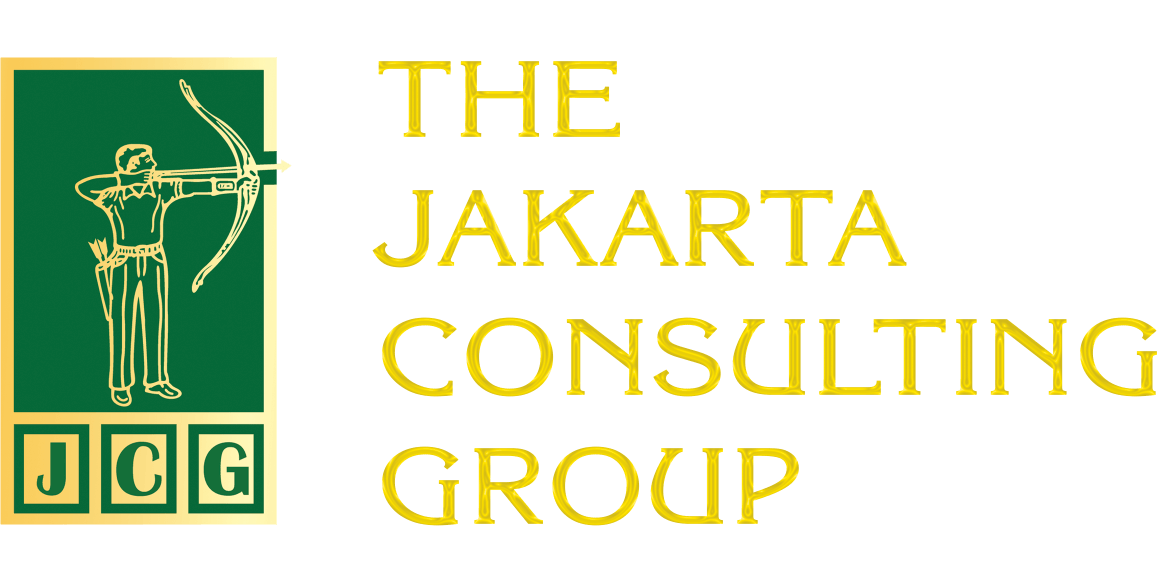More and more employees are creating and disseminating content that contains promotional elements related to the company. In this content, employees act as company ambassadors. This is called employee content creation or employee-generated content (EGC). This content is uploaded on social media in the form of videos. Not infrequently, EGC is facilitated by the company.
There are various forms of EGC. Some share experiences, achievements, corporate events, or team outings. Some testify about employees’ experiences working at the company; capturing behind-the-scenes activities such as during meetings. Not infrequently, employees share practical and useful suggestions, advice, or instructions for doing something. Employees who deal directly with customers or clients can certainly share their success stories in serving customers.
More Trusted
What are the benefits of EGC? First, it builds trust and authenticity. Audiences love something authentic. Content from employees is more trusted than content created by company leaders. Mejuri uses TikTok to show a more spontaneous and authentic side. Headquartered in Toronto and Buenos Aires, Mejuri designs, makes, and sells jewelry directly online and through offline showrooms. Mejuri’s content offers a behind-the-scenes look at the people who work for the brands their followers love. Often, the content has nothing to do with the actual product.

Secondly, it saves costs. EGC does not require a large marketing budget. The production costs are not that high either. Cisco, an American multinational digital communications technology conglomerate headquartered in San Jose, California, utilizes its global workforce to create content for the brand’s social channels – regularly following trends that align with the company’s identity and values. In addition, the content creation process is simple. Employees certainly understand the ins and outs of the company so they don’t need a lot of direction and revision.
Thirdly, employees have a stronger emotional bond with the company’s vision, mission, and values. This will increase engagement, productivity, and job satisfaction.
Fourthly, it is a tool to attract the best talents, especially Generation Z. Today, social media is an important source of information for job seekers, especially Gen Z and millennials. To quote Forbes, a US study conducted by Career Arc revealed that 58% of job seekers look for information about potential employers on social media. By highlighting authentic employee experiences, EGC presents a real perspective on the company’s culture and work environment. This kind of honesty fosters trust in potential employees so that they are expected to be interested in joining.
Fifth, EGC can help restore a tarnished company reputation. This is what United Airlines, the US airline giant, has done. Following social media controversies, such as the 2017 incident involving a forcibly removed passenger, the airline has worked hard to rebuild its image. Content such as the video of a mother and child stewardesses—which has been viewed more than 1.5 million times on TikTok—helps strengthen United’s reputation as a family-friendly brand and highlights the genuine and positive aspects of its team.
Not an Easy Matter
However, creating EGC is not an easy task. The difficulty is not about creating content. Not everyone enjoys creating content. The next problem is the quality of the content, which is not necessarily good. Another potential problem is the possibility of uploading negative content that could harm the company. EGC may inadvertently include confidential or sensitive information, violate copyright laws, or expose the company to legal and compliance risks.
How can the above problems be overcome? First of all, it must be ensured that the company is really serious about EGC. In other words, the company has made EGC part of its culture and strategy. Moreover, there is no need to force every employee to create EGC. The most important thing is to optimize those who are able and willing to create content.
If you decide to make EGC part of the culture, the company must create a climate that makes employees eager to share knowledge and experience. Appreciate employee contributions. This will make them excited.
There are employees who are interested but do not understand how to create good content. For them, the company can develop clear guidelines and best practices for creating content. That way, they will be more confident. This is also to maintain the quality of the content so that it does not deviate from the company’s goals. It also minimizes the risk of legal problems. These guidelines cover what is worth sharing (photos, videos, writing); the messages and tone that should be used in the content, such as emphasizing the company’s mission, values, and culture; the platforms and channels where the content can be shared, such as the company’s social media pages or specific hashtags; guidance on privacy and confidentiality; and best practices for engaging with followers, such as responding to comments and messages in a timely and professional manner.
Company leaders must set an example. This means that they must also be proactive in sharing content. This can inspire employees to do the same. Thus, the culture of content creation will become even stronger.











